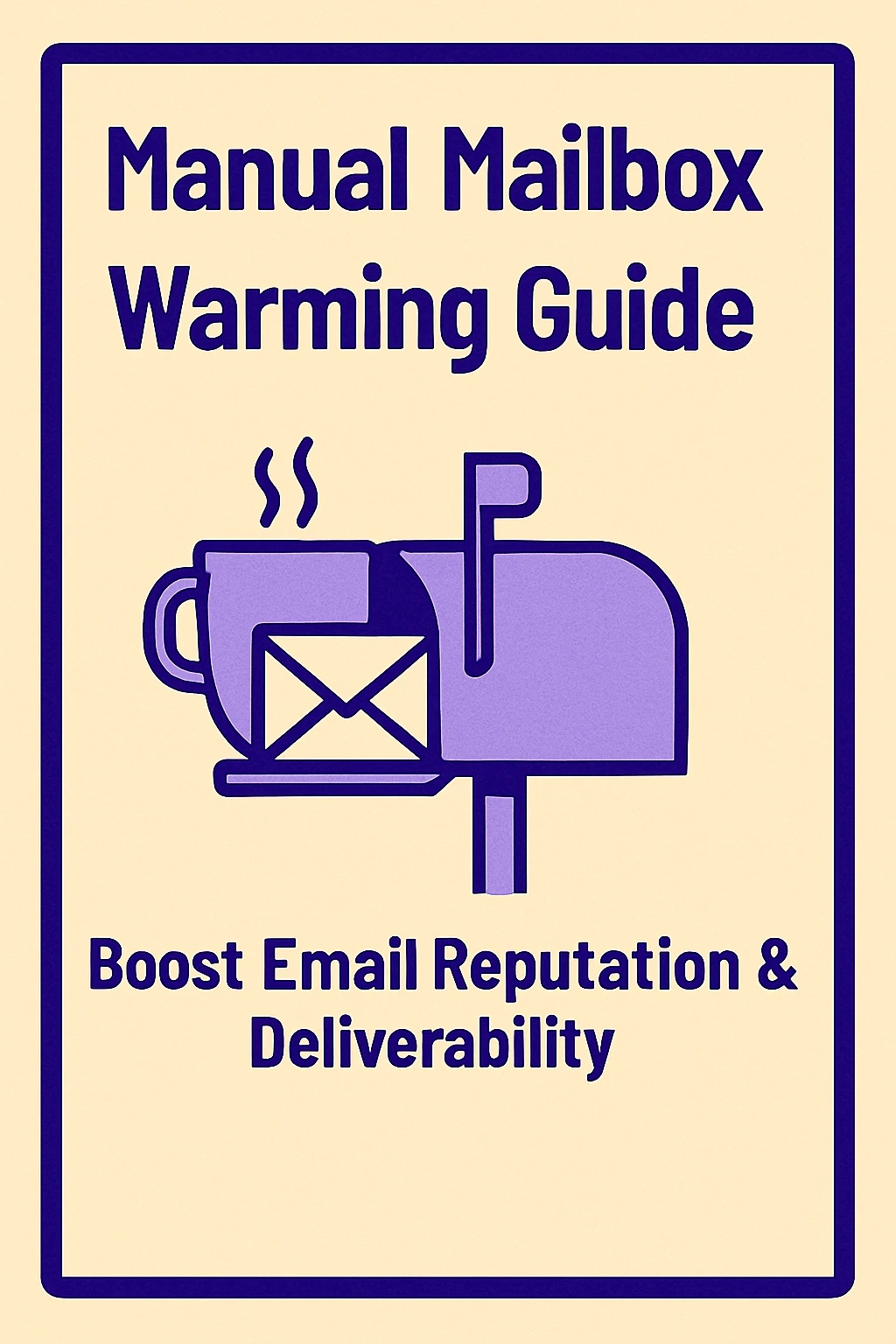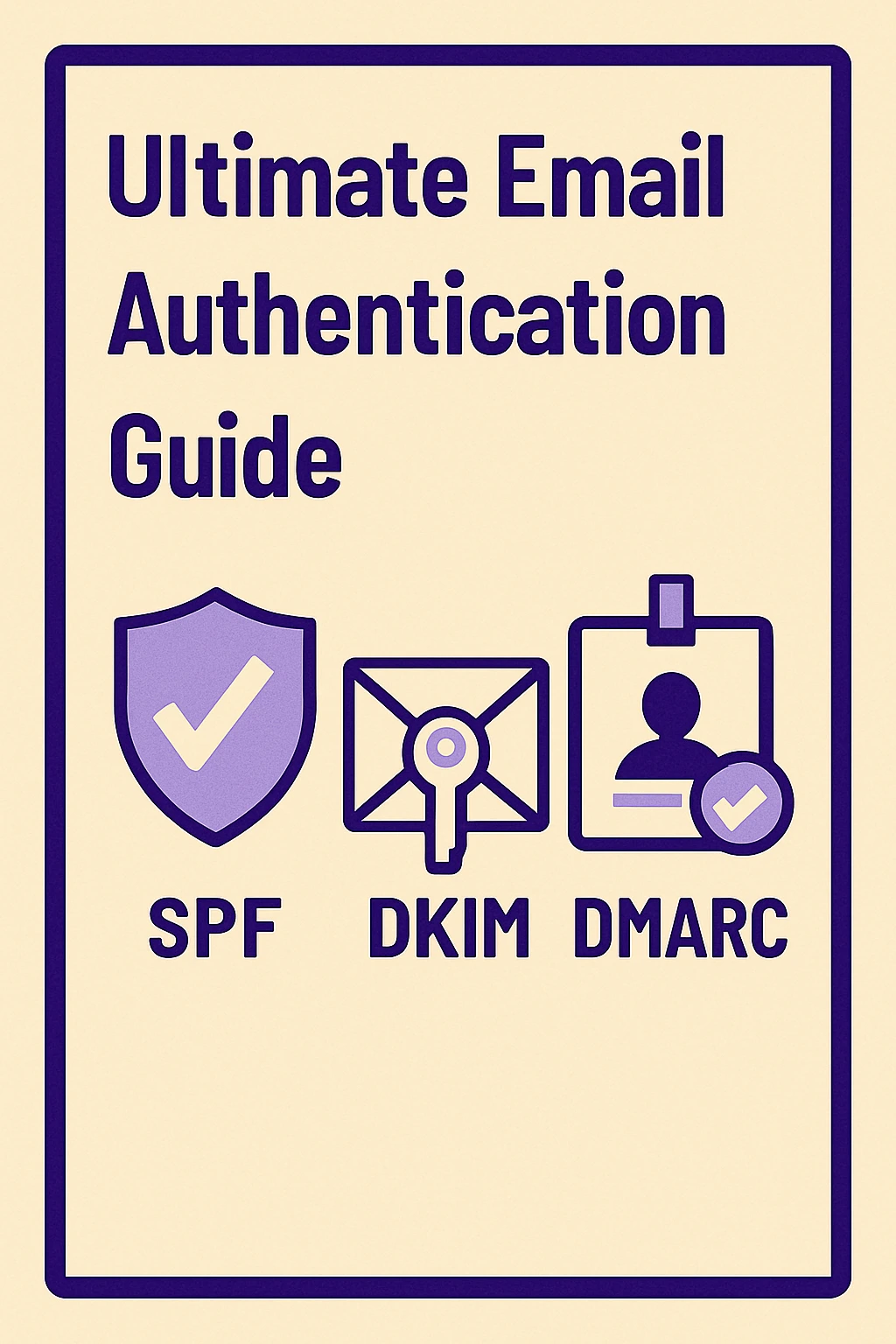Email Greylisting for Infrastructure Platforms: 2025 Guide
This blog breaks down email greylisting—a simple but powerful spam-blocking method still widely used in 2025. You’ll learn how greylisting works, why it's still effective, and how it fits into modern email security. The guide also shows how top platforms like Mailkarma.ai, Infraforge, Mailreef, and Mission Inbox use greylisting to improve email deliverability and protect users from spam. Whether you manage cold email campaigns or run a mail server, this article will help you understand the real value of greylisting in today’s email landscape.
.webp)
When you’re managing serious email infrastructure in 2025, one old-school technique still earns its place in modern spam defense: Email Greylisting. It's simple. It's smart. And when implemented right, it quietly strengthens your entire deliverability strategy—without heavy lifting.
In this guide, we’ll explore how greylisting works, why it still matters, where it fits in the ecosystem of email security, and how top infrastructure platforms like Mailkarma.ai, InfraForge, Mailreef, and Mission Inbox are putting it to work today.
What Is Email Greylisting, Really?
Think of greylisting like a cautious doorman. When a stranger knocks, the door doesn’t slam shut—but it doesn’t swing open either. Instead, it pauses. It watches. And if that visitor is legit, they’ll wait and try again. That’s when they’re allowed in.
Technically, greylisting works by temporarily rejecting messages from unknown senders. Spammers, who tend to operate in high-volume bursts with no patience for retries, often give up. But real mail servers? They know the rules. They wait and come back. And when they do, they get through.
Why Greylisting Still Belongs in 2025
With all the sophisticated tools out there—machine learning filters, AI threat detection, DMARC enforcement, why would you still need greylisting?
Because even in 2025, the retry behavior of real email servers hasn’t changed. They’re still designed to respect SMTP protocols. Greylisting takes advantage of that. It doesn’t try to outthink spammers—it simply watches how they behave. It’s this behavior-based approach that makes it timeless.
Low-resource.
No human intervention.
Highly effective against bots.
It’s the equivalent of putting a speed bump on a spammer’s runway.
Greylisting vs Whitelisting vs Blacklisting: Know the Difference

Before diving deeper, it helps to understand how greylisting stacks up against its filtering cousins:
- Whitelisting: Pre-approved senders sail through without checks. Great for trusted contacts but not scalable for the unknown.
- Blacklisting: Known bad actors are blocked on sight. But it’s reactive—and always playing catch-up.
- Greylisting: Suspicious but not yet proven senders are asked to prove themselves. It’s a live test. Simple, smart, and incredibly effective against drive-by spam attempts.
How Greylisting Works in Email Infrastructure
Now let’s break down the actual mechanics of greylisting, especially within modern infrastructure environments.
The Role of SMTP and Temporary Rejections
When a server receives a message from an unfamiliar source, it records what’s called a “triplet”:
- The sender’s IP address
- The sender’s email address
- The recipient’s email address
If this triplet is brand new, the receiving server replies with a temporary SMTP rejection code (typically 4xx). It’s not a hard “no.” It’s a polite, “try again later.”
The Greylisting Workflow (Step-by-Step)

- Unknown Email Arrives
The message is temporarily rejected. - Triplet Logged
The receiving server records the triplet and starts a waiting timer. - Server Waits
Most legitimate servers retry in 5–15 minutes. - Retry Occurs
If the same triplet retries within the expected window, the message is accepted. - Temporary Whitelisting
The triplet is remembered for future messages—no further delays.
What Happens to a First-Time Sender?
They’ll experience a minor delay—usually just a few minutes—on their first email. After that, they’re remembered. From the second email onward, their messages go through immediately.
This delay is barely noticeable to end users, but it’s often enough to weed out the majority of spam bots who never bother trying again.
Why Spam Bots Fail the Greylisting Test
Spam bots are built for speed. Their only goal is to blast out thousands of emails as fast as possible. If one doesn’t go through? No big deal—they move on. They’re not built to retry. And that’s exactly why greylisting works.
Greylisting in Action: A Real-World Example (3 Simple Steps)
- First Attempt: Alex sends an email to Priya. Her server doesn’t recognize him, so it logs the details and temporarily rejects the message.
- Retry: After a short wait, Alex’s server automatically tries again.
- Accepted: Priya’s server now recognizes the retry and accepts the email. Future emails from Alex go through instantly.
The Payoff: Why Greylisting Makes Sense for Email Infrastructure Platforms
Blocks Spam Without Heavy Filtering
Greylisting knocks out a huge chunk of automated spam before it even hits your real filters. This reduces the workload on your infrastructure and keeps things clean and efficient.
Works Automatically
Once set up, greylisting requires zero human maintenance. It filters intelligently at the edge—saving you time and resources.
Improves Cold Email Conditions
If you’re doing cold outreach, you want to land in clean inboxes—not ones flooded with spam. Platforms like Mailkarma.ai use smart greylisting to ensure their users' cold emails land in healthier inbox environments.
The Trade-Offs: Challenges of Greylisting
Slight Delays on First-Time Emails
Yes, there’s a brief delay when someone emails you for the first time. But it's typically just a few minutes—and it only happens once per sender.
Risk of Misconfigured Servers
Some poorly configured mail servers (mostly from niche providers) may fail to retry properly. That could result in undelivered messages. It’s rare, but worth noting.
The Tuning Game
If you set your greylisting retry window too long, even legit emails might be delayed more than necessary. Too short, and more spam could sneak through. Balance is key.
Who’s Using Greylisting in 2025?
Mailkarma.ai – Smart Filtering, Minimal Friction
Mailkarma.ai leads with silent, behind-the-scenes filtering that includes greylisting. Their platform is built to maximize deliverability while reducing false positives. It’s especially useful for marketers and cold emailers who need to maintain sender reputation.
Explore Mailkarma.ai’s deliverability tools and see how they can streamline your outbound strategy.
Infraforge.ai – Precision Anti-Spam Configuration
Infraforge gives you granular control over greylisting settings. Adjust retry windows, create custom whitelists, and monitor behavior down to the IP. Ideal for IT teams that need detailed control over their infrastructure.
Mailreef – Greylisting with Real-Time Analytics
Mailreef goes deep on visibility. Their platform shows you what’s being greylisted, why, and when. You get real-time logs, reports, and alerts—so nothing goes unnoticed in your spam defense.
Mission Inbox – Cold Email Outreach with Greylisting Insight
Mission Inbox builds cold outreach platforms for sales pros. They use greylisting as part of their smart inbox warm-up and filtering process. The result? Higher inbox placement, even for first-time sends.
Configuring Greylisting on Major Platforms
- Mailkarma.ai: Built-in with smart defaults. You don’t need to micromanage greylisting, it’s tuned for deliverability.
- InfraForge: Find settings under “Mail Policy” or “Anti-Spam.” Customize retry times, error codes, and sender rules.
- Mailreef: Use their analytics dashboard to track and optimize greylisting events. Great for troubleshooting delivery issues.
- Mission Inbox: Configuration is integrated into cold email warm-up settings. The platform handles timing and deliverability tuning for you.
Greylisting vs Other Filters
Greylisting vs Blacklisting
Blacklisting blocks known spammers. Greylisting filters unknowns based on behavior. They’re complementary tools—one’s a wall, the other a test.
Greylisting vs SPF, DKIM, and DMARC
SPF, DKIM, and DMARC validate a sender’s identity. Greylisting watches how that identity behaves. Combine them for maximum protection.
When Greylisting Beats Heavier Filters
For high-volume servers, greylisting is perfect as a first line of defense. It saves your heavier filters from wasting time on obvious junk.
Best Practices for Using Greylisting in 2025
1. Keep Retry Windows Realistic
5–15 minutes is a safe sweet spot. It keeps delays short for legit senders while filtering out most bots.
2. Whitelist Critical Contacts
Have trusted vendors or partners? Whitelist them so their emails go through instantly.
3. Watch Your Logs
Tools like Mailreef let you monitor greylisting success rates. You’ll spot problems fast—like retry failures from misconfigured senders.
4. Pair with SPF, DKIM & DMARC
Greylisting isn’t a solo act. Combine it with authentication protocols to cover identity, behavior, and content.
Final Thoughts: Is Greylisting Still Worth It in 2025?
Absolutely. In a world of escalating spam and evolving threats, email greylisting remains one of the most efficient, low-lift tools in your anti-spam toolkit.
It’s not about being flashy. It’s about being effective—quietly, reliably, and without draining your resources.
And when platforms like MailKarma.ai and InfraForge build it into smart infrastructure, you get the best of both worlds: automation and control.
FAQs – Email Greylisting in 2025
What does greylisting do in email?
It temporarily rejects messages from unknown senders to filter out spam bots that don’t retry.
Will greylisting delay all my emails?
No. Only the first message from a new sender is delayed. Once they’re verified, emails go through instantly.
Can greylisting hurt cold outreach?
Not really. It might slow down the first email by a few minutes, but it helps your email land in a cleaner inbox—improving long-term deliverability.
Is greylisting still useful in 2025?
Yes. Especially against bot-driven spam. It works beautifully alongside newer protocols like SPF and DMARC.
Where do I configure greylisting?
On platforms like Mailkarma.ai, it’s automated. Infraforge gives detailed controls. Mailreef adds analytics. Mission Inbox wraps it into cold email workflows.
Recent Blogs
FAQs: Everything You’re Wondering About Cold Email Deliverability & MailKarma’s Infrastructure
MailKarma is a dedicated email infrastructure solution built exclusively for cold email outreach. Unlike shared inbox tools or general ESPs, MailKarma gives you complete control over your sending setup—private US IPs, clean domains, and expert-backed deliverability practices. Built by cold email pros, MailKarma is optimized to scale outreach without landing in spam.
Because MailKarma sets up private infrastructure—including custom domains and mailboxes—it doesn’t offer a traditional free trial. However, you can explore the platform, view your dashboard, and test features before provisioning infrastructure. Our private dedicated email servers cost $150 per server plus $0.001 per email sent, making it extremely cost-effective for high-volume cold email campaigns. For Gmail Workspace solutions, pricing starts at $3.50 per email with a 10-email minimum, dropping to $2.50 per email for volumes over 100 emails. This transparent pricing model ensures you only pay for what you use while maintaining enterprise-grade email deliverability.
Yes. MailKarma automatically sets up SPF, DKIM, and DMARC records using best-in-class standards. No technical hassle—our system handles everything behind the scenes, and our support team is always ready to assist if needed.
Every MailKarma subscription includes:
- Automated DNS setup (SPF, DKIM, DMARC)
- Private mailbox hosting
- Ongoing deliverability optimization
- Server monitoring and uptime guarantees
It depends on your monthly sending volume and the number of contacts per sequence. To simplify this, MailKarma includes a volume-based calculator inside the app to help you choose the optimal setup for scale, safety, and inbox placement.
Gmail and Outlook aren't built for cold outreach—they throttle volume, rotate IPs, and limit deliverability. MailKarma gives you:
- Dedicated infrastructure
- Warmed IPs and aged domains
- No shared resources
- Built-in best practices for cold outreach
It's the infrastructure your outreach actually needs.

.png)



